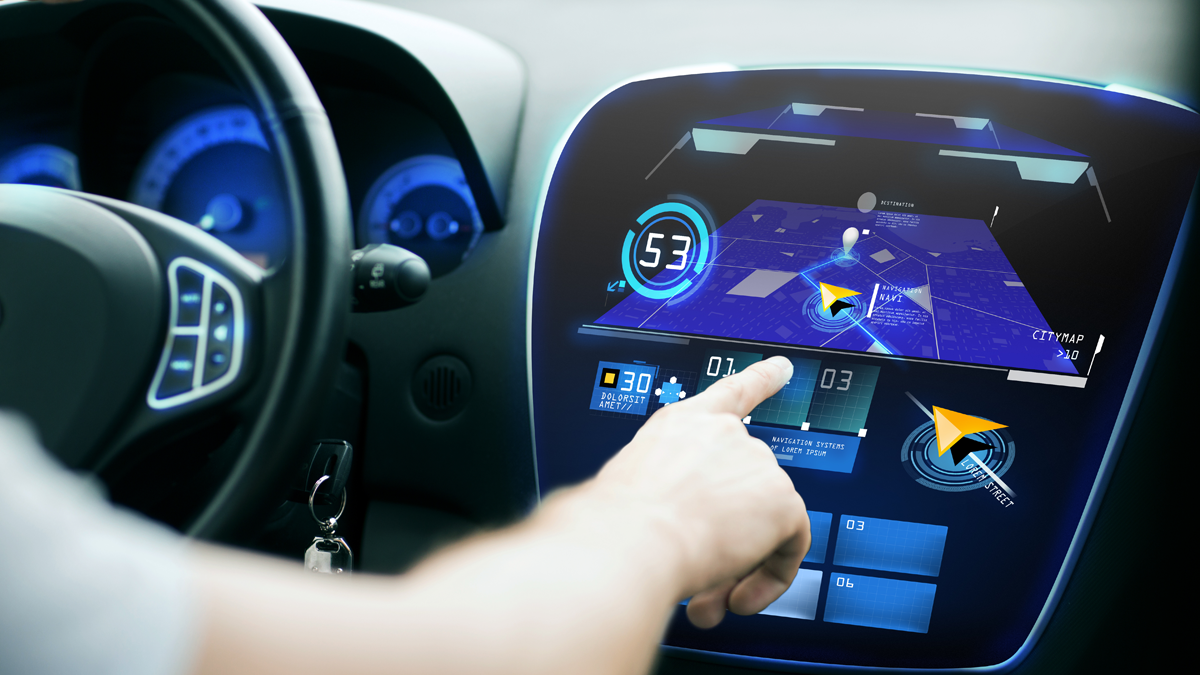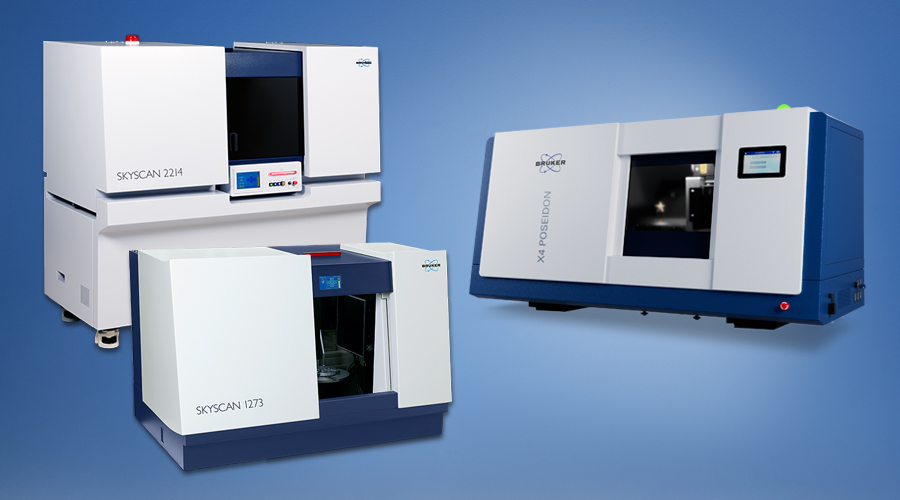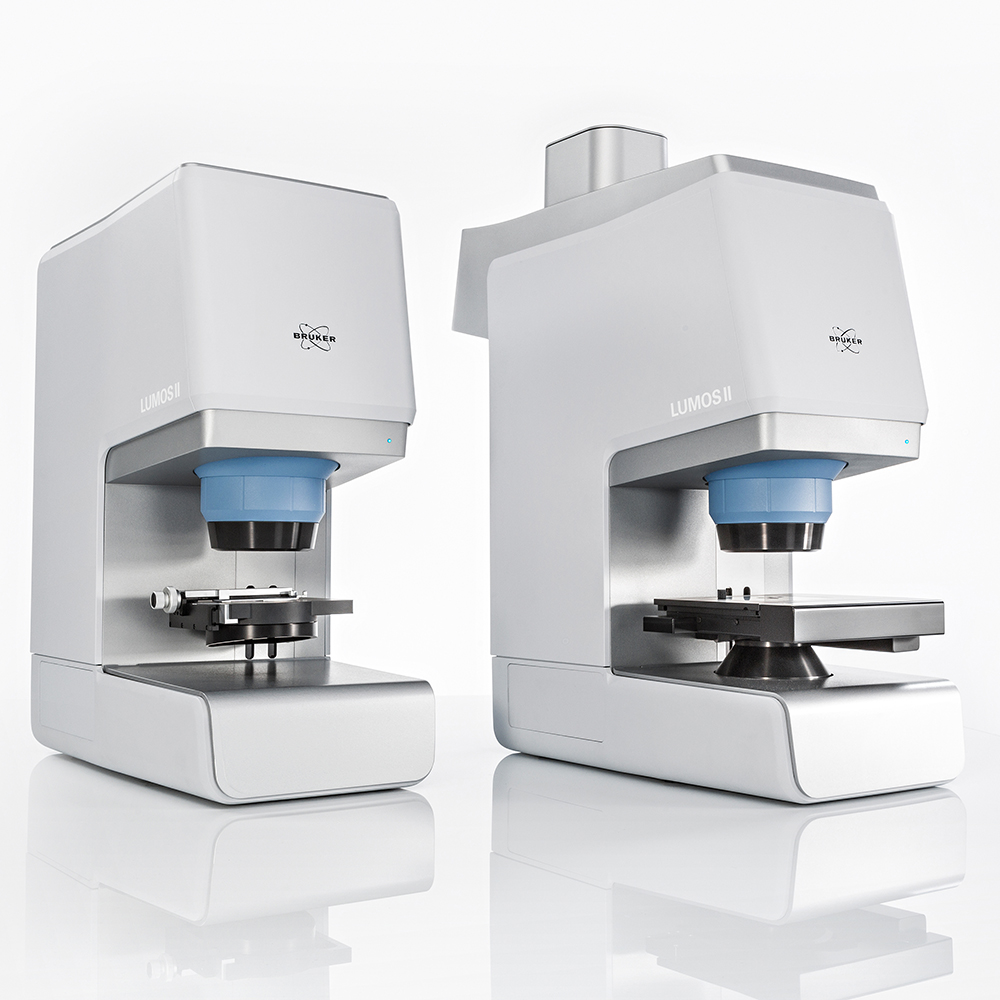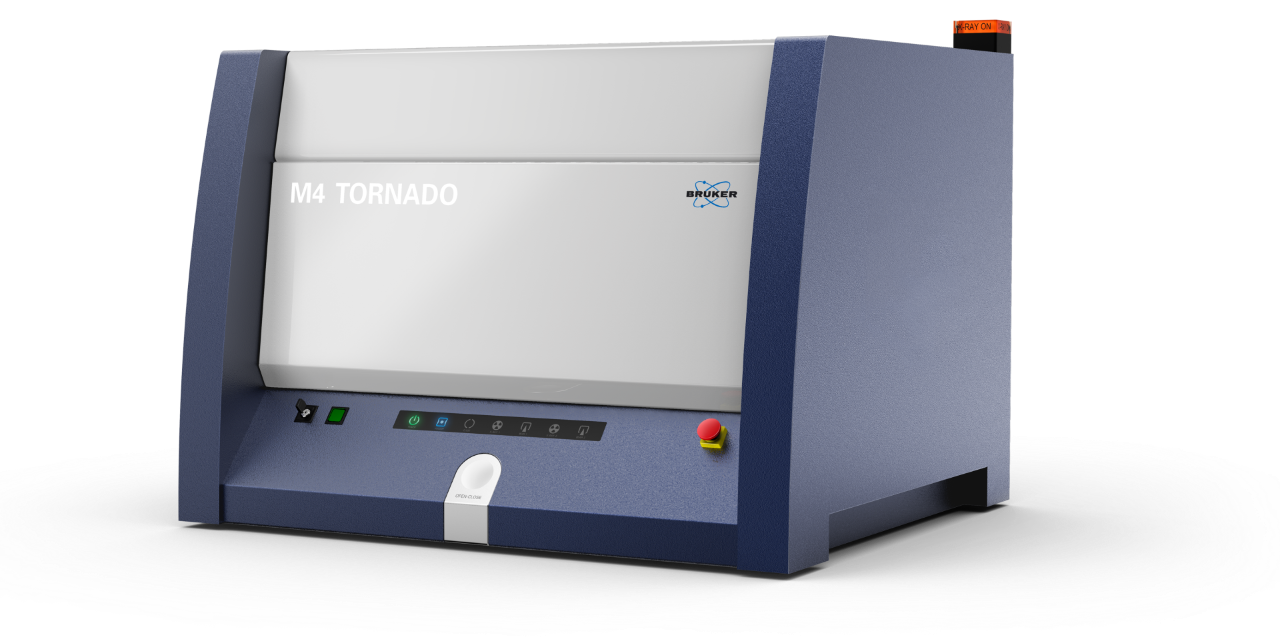

Electronics and Electrical
Analyzing Defects in Electrical Assemblies by FT-IR
Electrical assemblies for automotive applications can be quite complex. If one of these components fails, a cumbersome dismantling and disassembling process is required to understand the root cause of the failure.
Infrared microscopy offers the ability to troubleshoot and analyze even complex electrical assemblies with minimal disassembly. In our application example we show the analysis of an electric motor including housing and clarify the cause of damage.
Defect Analysis of an Active Matrix LCD TFT-Display by µ-Raman
Modern automobiles contain more than just the electronics that are necessary for the use as a vehicle. In addition to highly developed sensors and driver assistance systems, entertainment components (e.g. AMLCD TFT panels) also began to play an important role.
Such parts are usually provided by automotive suppliers and are therefore subject to a complaint procedure in case of damage. In these situations it can help to localize the cause of the failure and thus provide good arguments for a complaint.
Confocal Raman microscopy is an excellent tool for investigating product defects in laminated, bonded or otherwise "sealed" samples. Since a Raman measurement can penetrate transparent materials it provides chemical information hidden inside beneath the surface layer. In the present case (see image), a crystalline residue formed between the LCD and OCA layers and was successfully analyzed.
You want to know more?
Fast, Non-destructive Quality Control of Electroless Nickel Coatings with micro-XRF
Electroless nickel plating (ENP) is an auto-catalytic chemical process used to deposit a layer of nickel-phosphorus (Ni-P) alloy coating on a substrate. The nickel-phosphorus coating thickness varies typically from 1 to 40 μm depending on the application. Electroless nickel coatings can have varying phosphorus content which impacts specific metallurgical properties. The phosphorus range typically varies from 2% up to 15% level. One of the key benefits of the nickel-phosphorus coating is that it provides a very consistent thickness that isn't dependent on part geometry. Electroless nickel plating can reach all hidden surfaces to offer complete coating coverage even on the most intricate parts. Electroless nickel coating is used for example in bearings and gear assemblies.
When tight quality control of metal coatings is required, X-ray fluorescence (XRF) analysis is the best overall solution. The modern micro-XRF instrument, such as the Bruker M4 TORNADO can provide simultaneous coating thickness and coating composition measurement.
3D imaging of Electronic Devices and Assemblies by XRM
Whether it is a circuit board to control the radio in a car or the engine of a Jet, interconnection of a multitude of electronic devices is essential for system performance. X-ray Microscopy allows the non-destructive inspection of circuit boards for both superficial and internal defects. From verifying the integrity of solder joints to checking for broken interconnects in the board, XRM provides validation of device integrity before it goes into service and clear imaging of defects during failure analysis.


